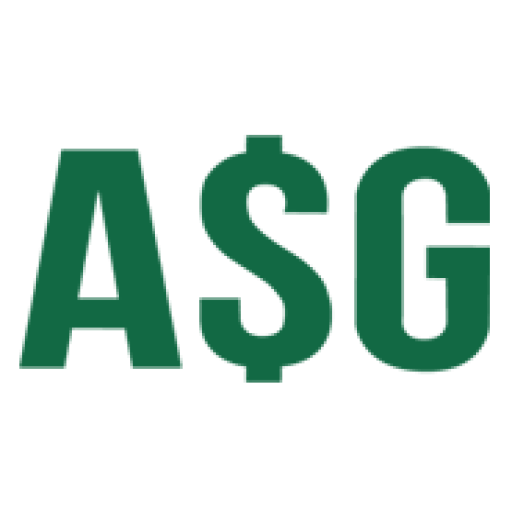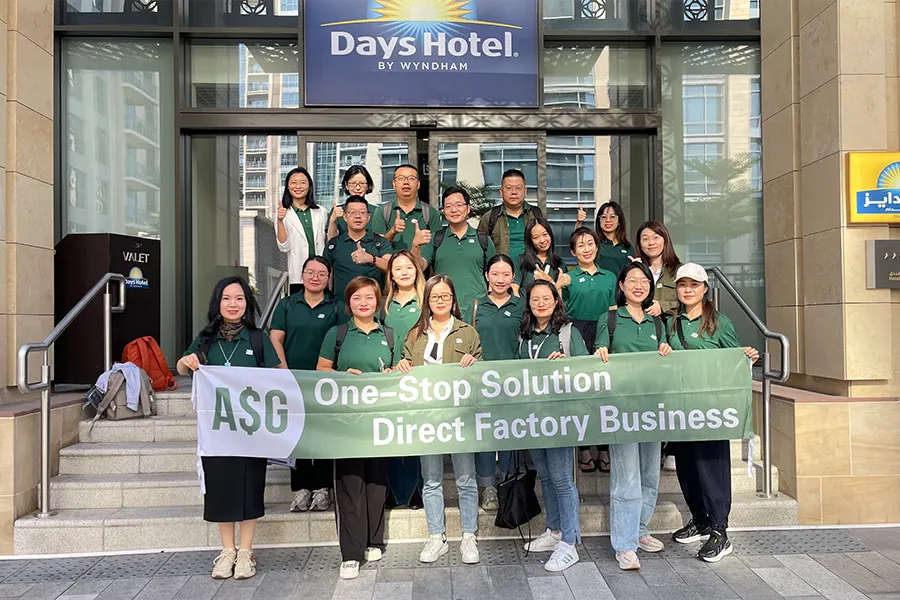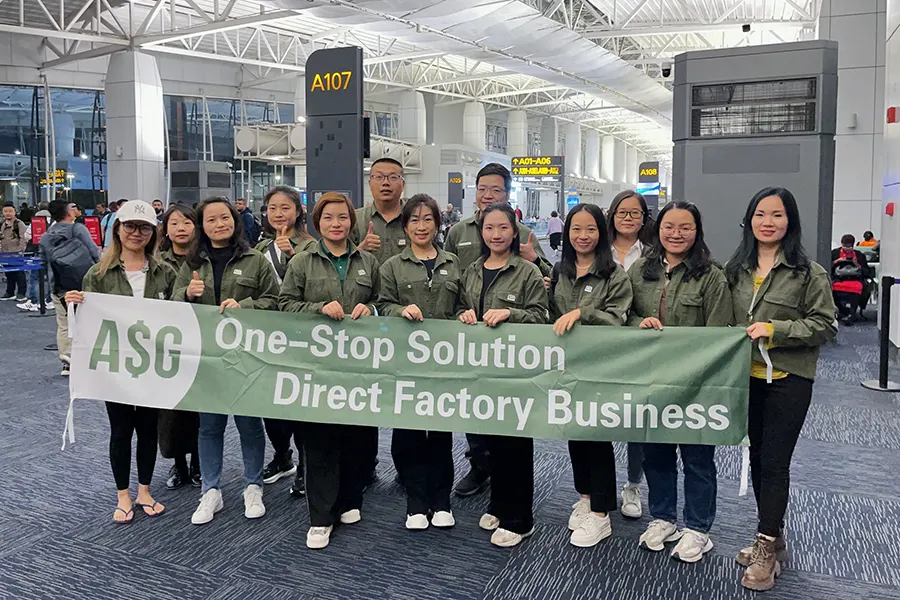As an experienced sourcing company in China, we’re excited to share our knowledge about sourcing products from China. This guide will cover everything you need to know, from understanding what China sourcing is to executing it successfully.
What is China Sourcing?
China sourcing is basically finding the perfect suppliers in China to manufacture or create the products you need. Think of it like treasure hunting, but instead of gold, you’re digging up amazing deals on top-quality goods.
With its vast manufacturing capabilities and competitive pricing, China has become a global sourcing hub for businesses of all sizes.
From consumer electronics and apparel to industrial machinery and automotive parts, China’s factories churn out products that are found in households and businesses worldwide.
6 Reasons Why Source from China?
These are the compelling reasons why sourcing from China can be good for your business:
Cost Savings
One of the primary drivers for sourcing from China is the low cost for significant cost savings. Labor costs, raw materials, and overhead expenses are generally lower in China compared to many other countries. This cost advantage allows Chinese manufacturers to offer attractive pricing, especially for large-scale production runs.
Wide Range of Products
China’s manufacturing sector is incredibly diverse, offering a vast array of products across different industries, from electronics and textiles to machinery and consumer goods. No matter what product you’re looking to source, chances are you’ll find a supplier in China.
In Bulk Discount
With its massive production capabilities, China can achieve economies of scale, enabling suppliers to offer competitive prices, especially for larger orders. This makes China an ideal sourcing destination for businesses that require bulk orders or mass production.
Skilled Labor Force
China has a skilled and abundant labor force, which allows manufacturers to meet diverse production requirements. From highly technical assembly processes to labor-intensive tasks, Chinese factories have the exact workforce to handle various manufacturing needs.
Established Supply Chain
China’s well-developed infrastructure and logistics networks facilitate smoother transportation and distribution of goods. Major ports, highways, and rail systems connect China’s manufacturing industries to the global market, ensuring efficient delivery of products worldwide.
Flexibility and Customization
Many Chinese suppliers are willing to customize your products, allowing buyers to tailor products to their business requirements. This flexibility can help achieve sales for businesses with unique or niche product needs.
How to Source Products from China Step by Step
Now that you understand the benefits of sourcing from China, let’s dive into the step-by-step product sourcing process.
1. Aim for the Best Suppliers in China
The first step in sourcing from China is finding reliable wholesale websites and reputable suppliers. Here are some common methods:
1.1 B2B Marketplaces – Alibaba
Alibaba is one of the largest and most popular B2B marketplaces, connecting global buyers with Chinese suppliers. It offers a vast selection of products and allows you to filter suppliers based on various criteria, such as business type, location, and certifications. Alibaba provides a convenient platform for browsing suppliers, requesting quotes, and initiating communication.
However, it’s important to exercise caution when using Alibaba, as there have been instances of fraudulent suppliers on the platform. Always thoroughly vet potential suppliers before making any commitments.
1.2 B2B Marketplaces – Made-in-China
Made-in-China is another well-known B2B platform that specializes in connecting buyers with Chinese manufacturers and suppliers. It provides detailed company profiles, product catalogs, and customization options.
Like Alibaba, Made-in-China offers a comprehensive database of suppliers, but it’s still essential to conduct due diligence before selecting a supplier.
1.3 Canton Fair/Hong Kong Consumer Electronics Trade Show
Attending trade shows like the Canton Fair or the Hong Kong Consumer Electronics Trade Show can be an excellent way to meet potential suppliers in person. These events bring together thousands of Chinese manufacturers and suppliers under one roof, allowing you to compare offerings, negotiate terms, and establish face-to-face connections.
Trade shows also provide opportunities to network with industry peers, gain insights into market trends, and potentially discover new product ideas or suppliers.
1.4 Google Search
A simple Google search can also yield valuable results, especially when combined with specific product keywords and location filters. This can help you find suppliers’ websites directly. However, be prepared to navigate language barriers and potentially outdated or incomplete information on some supplier websites.
1.5 Official Organizations
Reaching out to trade associations or local chambers of commerce in China can be another way to identify potential suppliers. These organizations often maintain directories or databases of member companies, which can be a starting point for your search.
2. Work with a China Sourcing Agent
While not mandatory, working with a reputable China sourcing agent can be beneficial, especially for those new to sourcing from China. These agents have extensive knowledge of the local market, can help you navigate cultural and language barriers, and can assist with supplier vetting, negotiations, and quality control.
Sourcing agents typically charge a fee or commission for their services, but their expertise and connections can save you time, reduce risks, and lead to better deals. Remember to thoroughly research potential sourcing agents to ensure they have a proven track record.
3. Verify Suppliers
Once you’ve identified potential suppliers, verify their legitimacy and credentials. Request business licenses, certifications, and references from previous clients. You can also conduct background checks and factory visits (either in person or through a third-party inspector) to ensure the supplier meets your standards.
During the verification process, pay close attention to the supplier’s manufacturing capabilities, quality control processes, and compliance with relevant industry regulations or certifications (e.g., ISO, RoHS, BSCI). Reputable suppliers should be transparent and willing to provide detailed information about their operations.
4. Compare Price and Quality
While cost savings are a significant advantage of sourcing from China, it’s essential to strike a balance between price and quality. Request detailed quotations from multiple suppliers, compare their offerings, and evaluate factors such as product specifications, lead times, and minimum order quantities (MOQs).
It’s generally advisable to avoid suppliers that quote prices that seem too good to be true, as this could be an indication of subpar quality or other potential issues. Instead, focus on finding suppliers that offer a fair price for the desired level of quality and service.
5. Ask for Samples Before Orders
Before committing to a larger order, it’s advisable to request product samples from your chosen supplier(s). Carefully inspect the samples for quality, adherence to specifications, and overall suitability for your needs. This step can help you identify potential issues early on and make informed decisions.
When evaluating samples, consider factors such as materials used, workmanship, durability, and functionality. If possible, conduct performance tests or simulations to ensure the product meets your requirements. If the samples are unsatisfactory, don’t hesitate to provide feedback to the supplier or explore alternative options.
6. Conduct Quality Control
Quality control is crucial when sourcing from China. Consider hiring a third-party inspection company to conduct pre-shipment inspections at the supplier’s facility. These inspectors will check the products against your specifications and ensure they meet the agreed-upon quality standards.
During the inspection process, the inspectors will typically examine product quality, packaging, labeling, and other relevant aspects. They may also provide detailed reports with photographs and recommendations for addressing any issues or defects found.
While third-party inspections can add to your overall sourcing costs, they can help mitigate risks and ensure you receive high-quality products that meet your expectations.
7. Build a Relationship with Your Supplier
Developing a strong, professional relationship with your chosen supplier(s) can be invaluable. Clear communication, mutual respect, and a collaborative approach can help ensure a smooth sourcing process and foster long-term partnerships.
Establish clear expectations and communication channels from the outset, and be responsive to your supplier’s inquiries or concerns. Building trust and demonstrating reliability on both sides can lead to a more positive and productive working relationship.
Additionally, make an effort to understand and respect cultural differences, as this can help prevent misunderstandings and facilitate smoother interactions.
8. Find the Best Shipping Solution
Once your order is ready for shipment, you’ll need to arrange transportation from China to your desired destination. Research different shipping options, such as air freight, ocean freight, or express couriers, and choose the most suitable option based on your budget, timeline, and specific product requirements.
Air freight is typically the fastest but most expensive shipping method, while ocean freight is more cost-effective for larger shipments but can take several weeks to arrive. Express couriers offer a middle ground, with faster transit times than ocean freight but higher costs than standard air freight.
It’s also essential to understand the various shipping terms, such as FOB (Free on Board), CIF (Cost, Insurance, and Freight), and EXW (Ex Works), as these can impact your responsibilities and costs related to transportation, insurance, and customs clearance.
Additionally, consider factors such as packaging requirements, labeling, and any special handling needs for your products to ensure they arrive at their destination safely and in compliance with regulations.
FAQs
What are some Chinese websites for new products sourcing?
These are some of the top Chinese wholesale websites you can find online:
1, Alibaba
2, AliExpress
3, DHgate
4, 1688.com
5, Made-in-China
6, Global Sources
What 3 tips you must know when sourcing in China?
Quality should be the most important.
Define specific metrics and benchmarks to measure quality, such as material composition, dimensions, and finish. Arrange for quality inspections at various stages of production, including raw material sourcing, manufacturing processes, and final assembly. Consider hiring independent inspectors to provide unbiased assessments of product quality.
Talk about your needs clearly with the suppliers.
Clearly articulate your product requirements, including specifications, tolerances, and desired lead times. Provide samples, drawings, or prototypes to ensure there’s no misunderstanding of your expectations. Be mindful of cultural differences and communication styles to avoid misunderstandings
Be sure to order samples.
Request samples to assess product quality, appearance, and functionality. Ensure that the samples meet your specific requirements and perform as expected.
Evaluate the packaging and labeling to ensure they meet your standards and comply with regulations. Factor in shipping costs when evaluating samples to get a realistic idea of total costs.
How to buy products from China without sourcing agents?
Importing from China without a sourcing expert requires extensive research. Start by exploring online B2B marketplaces, searching for up-to-date lists of Chinese manufacturers and suppliers, and carefully vetting potential partners. Consider scheduling a factory visit to assess their capabilities and quality control measures firsthand.
Final Thoughts
Sourcing from China can be a rewarding and cost-effective strategy for businesses, but it requires careful planning, research, and execution.
Remember, building trust and maintaining open communication with your Chinese suppliers is key to a successful and long-lasting sourcing relationship.
As you learn more about China sourcing services, don’t hesitate to seek guidance from experienced professionals or industry peers who have successfully navigated this process. Their insights and lessons learned can prove invaluable in helping you avoid common pitfalls and maximize the benefits of sourcing from China.





-300x198.png)